
This Is What We Wish We’d Known Before Putting in a Water Feature
A fountain, pond, or birdbath in the garden can be so soothing, but read these tips before you give yourself a headache.
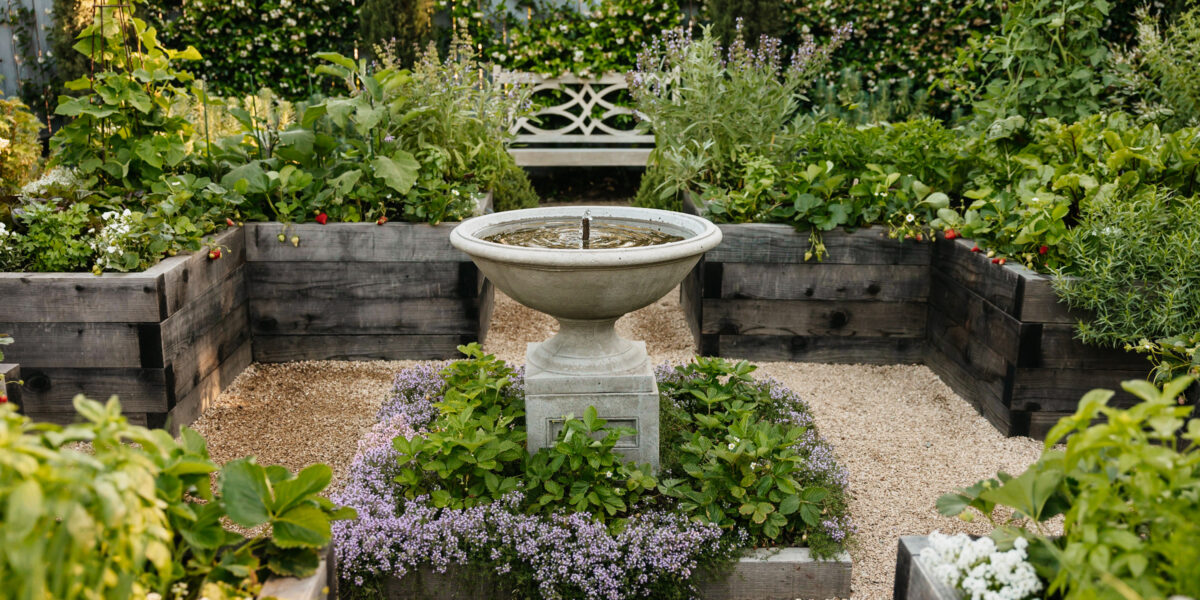
Sasha Gulish
Adding a water feature to the garden can be so exciting—not only do the dulcet tones of running water act like your own personal Calm app, but also the water helps pollinators, birds, and even bobcats who need a cool drink on a hot day.
But first there are some decisions to make. Are you going to buy a fountain from a big box store? Are you going to make something yourself, or hire a garden designer to create something special?
No matter what, you probably want to hear from professional designers who are willing to spill their secrets. Here’s what Jessica Viola of Viola Gardens in Los Angeles (@violagardens) and Clementine Jang and Jessie Booth of Oakland’s SOFT STUDIO (follow at @softstudio.us) say you need to consider before diving in.
Do You Want a Fountain, Pond, or Birdbath?
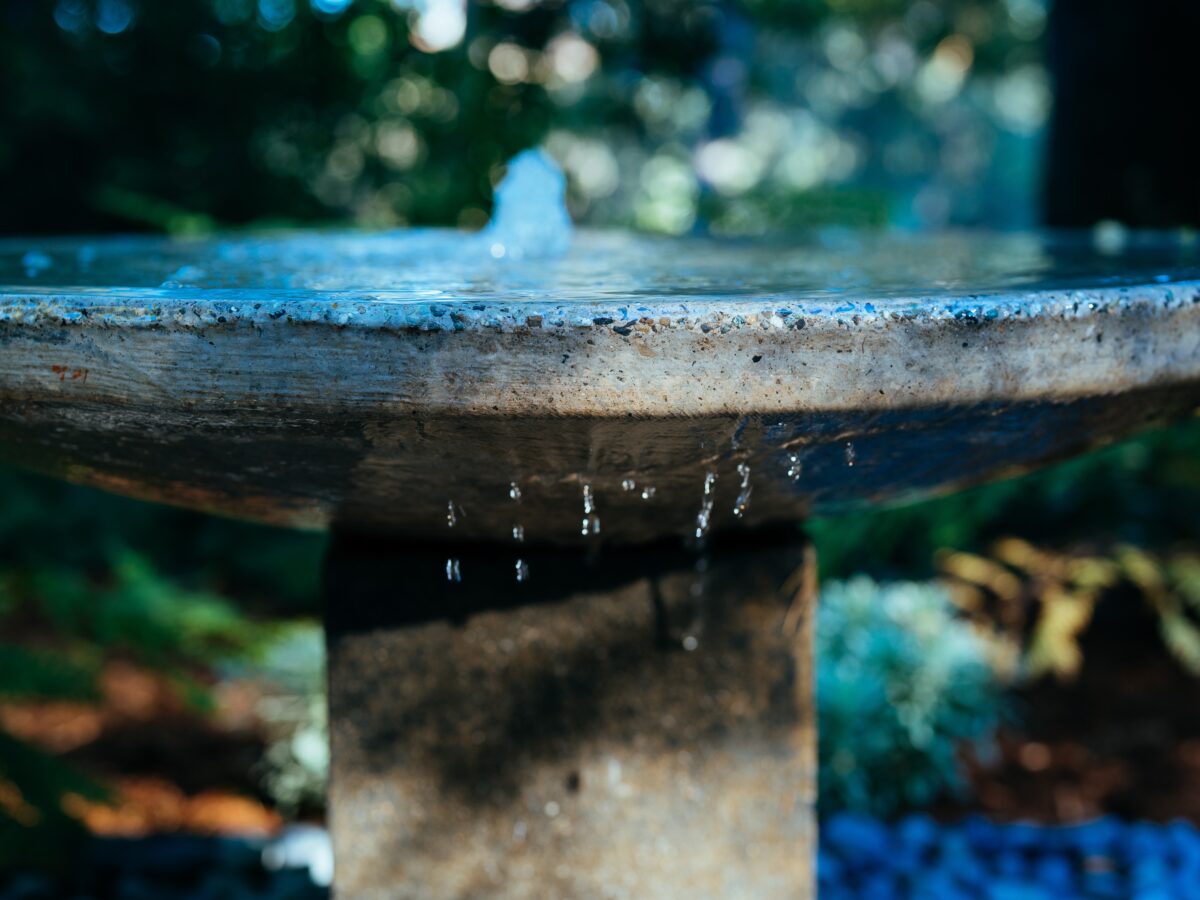
Suzanne Strong
Each of these has its own benefits. A birdbath can be as simple as clean water in a clean plant saucer—make sure you change it frequently—but they do best with flowing water to keep things circulating. (You could add one of these.)
Natural ponds, says Viola, “can include frogs and become watering holes for local ecology.” And running ponds, which include a pump that makes a waterfall or creek, can be great when included with pools of shallow water for kids to splash in.
That Water Needs Upkeep
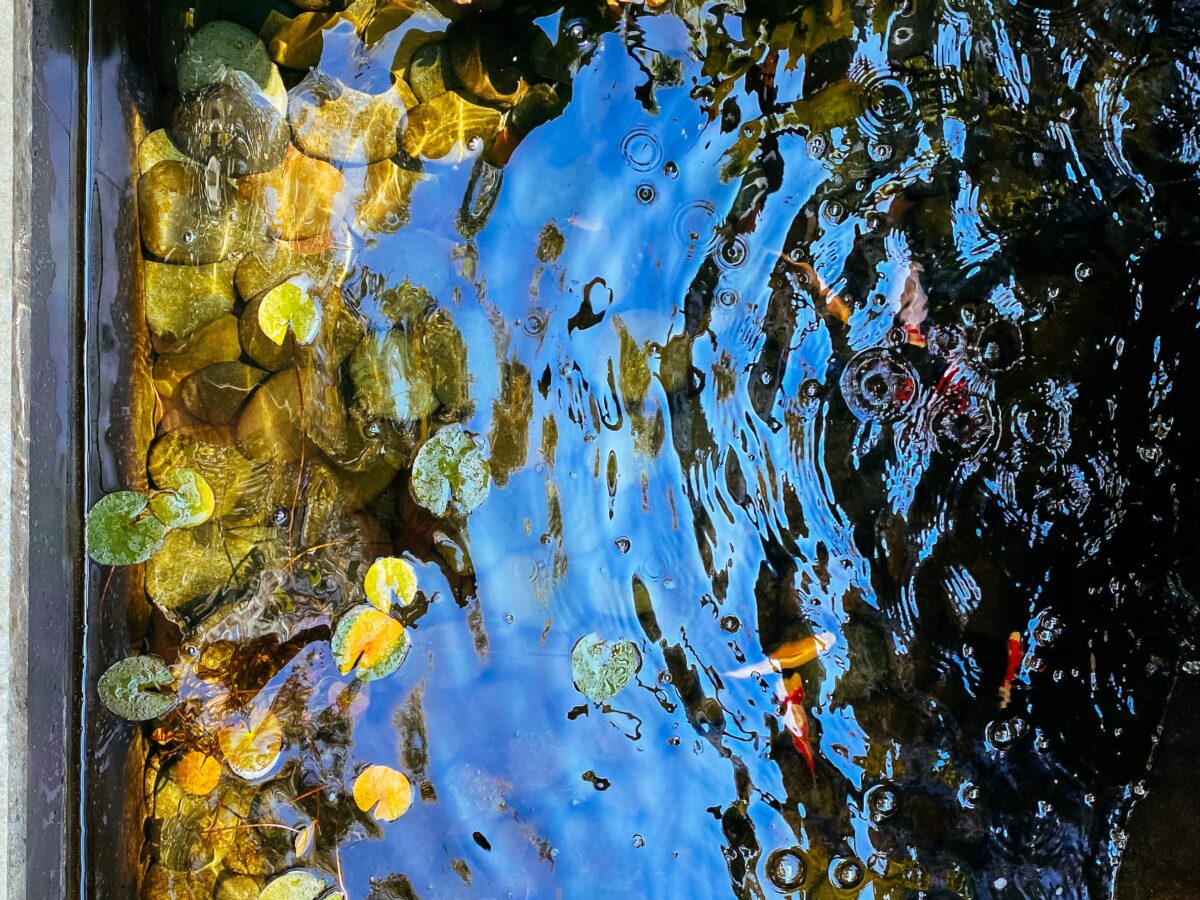
Alexander Tarrant
Standing water is a mosquito’s best friend, so even a slight recirculation of the water is beneficial. Also, avoid chemicals at all costs. “Know that birds, bumblebees, hummingbirds, butterflies, and other species may drink from the water,” Viola says. You want to protect their health.
“Keeping the water fresh and oxygenated is important for maintenance,” say Jang and Booth. “This means either having the water recirculate or emptying and refilling it on a regular basis.” Creating varying depths for different creatures is a good idea, too. “A bird might enjoy the deep water while a bee is happier drinking where it’s shallow,” they say.
Think About Placement
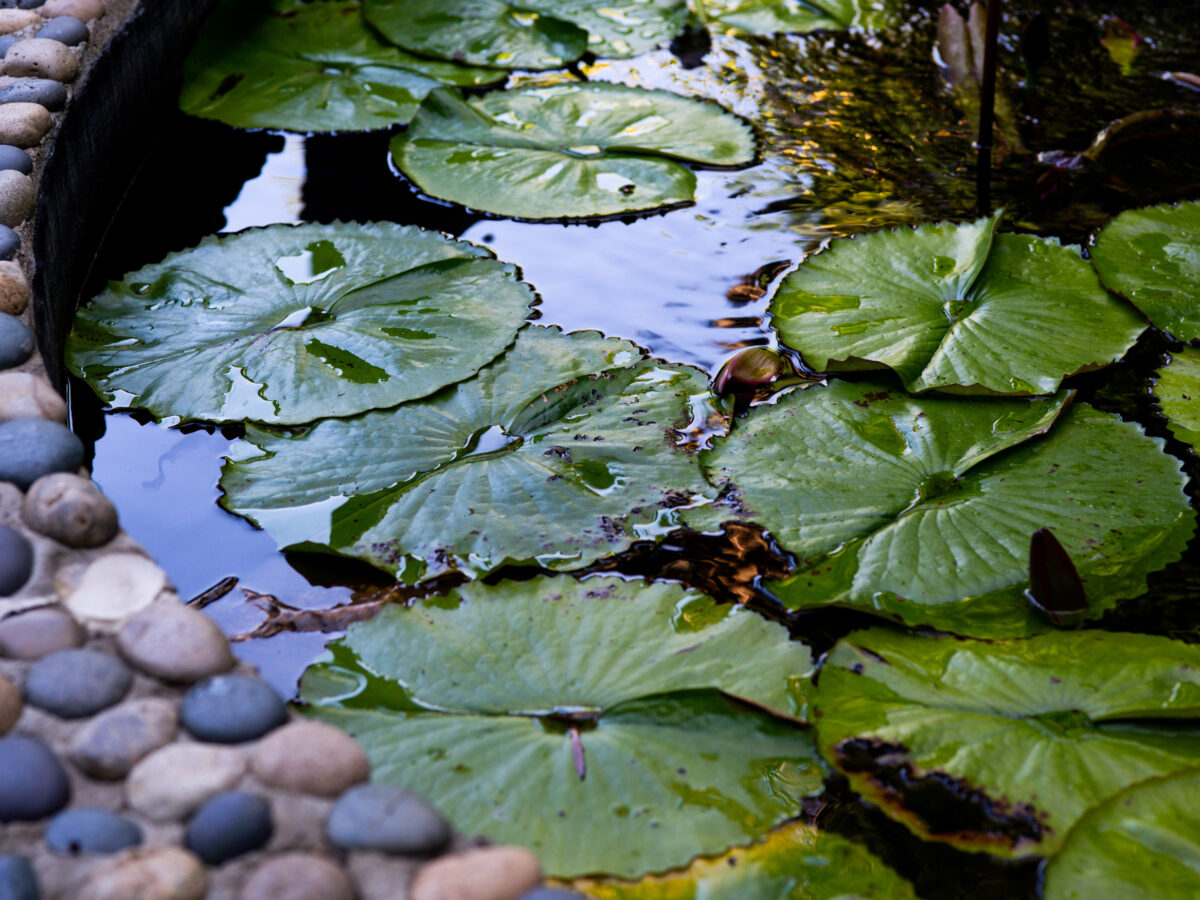
Suzanne Strong
“All water will evaporate,” Viola says. “If you are placing a water feature in a spot that will get full sun most of the day, be prepared to mind the pump and see that the fountain doesn’t get too dry or it will burn the pump.” A slightly shady nook, she adds, is always best.
Another hot tip from Viola: If you can find a place within the garden to capture sound so the running water echoes, particularly near an entrance, that can be very calming and soothing.
Also remember your space needs a nearby power source as the pump needs electricity to run.
You might want to consider putting your fountain, pond, or birdbath somewhere central so you can get glimpses of activity as often as possible, like within view of the kitchen window or outdoor seating area. Surrounding the feature with pollinator-friendly species will also bring it to life in a big way. “We added plants that like a bit more water in the splash zone of the water feature and they are thriving,” the SOFT STUDIO team says.
Consider Different Designs
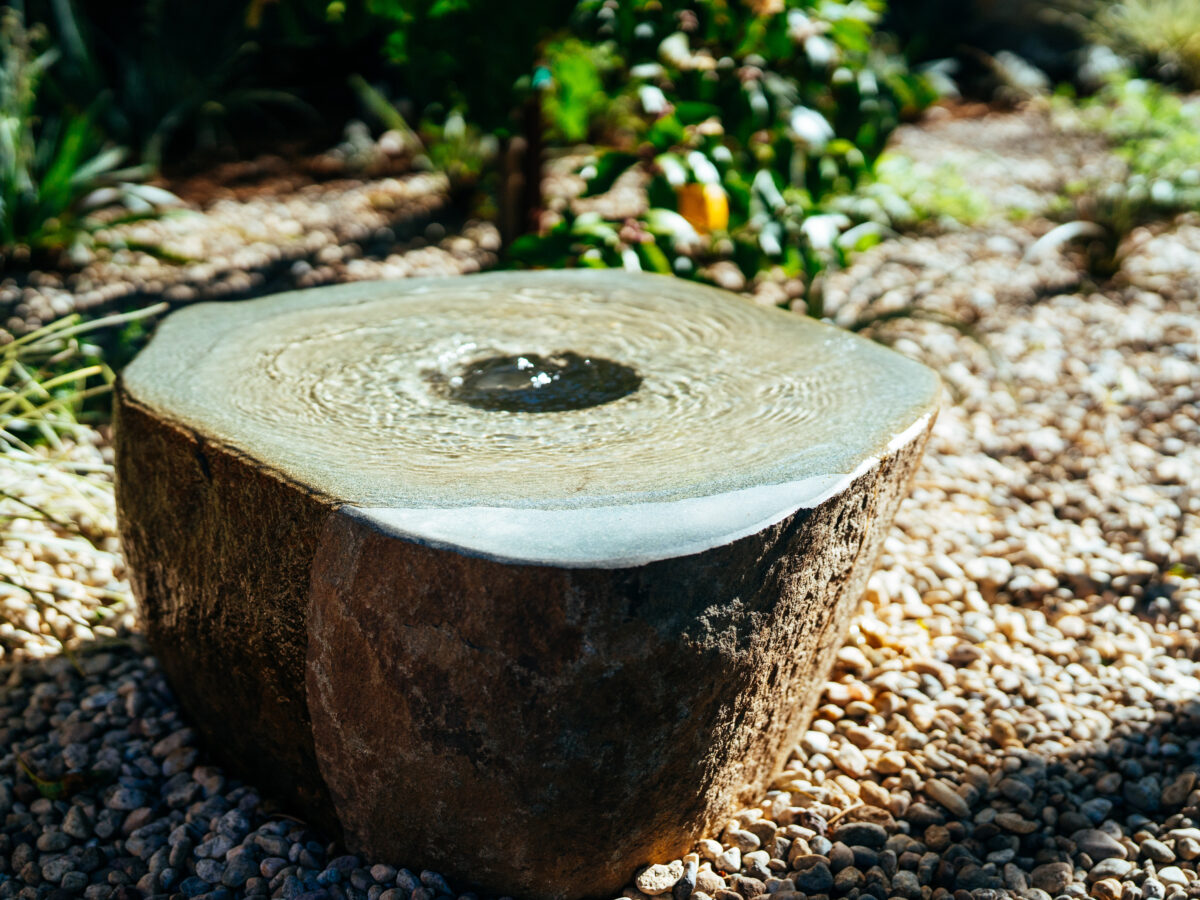
Suzanne Strong
Viola likes to surround fountains with grasses and ground covers that frame the shape of the fountain, as well as larger specimens behind it, if possible, so that the water features holds a sense of space and doesn’t seem isolated. Succulents, rocks, and gravel can add texture, too.
If she’s designing a minimalist rock garden on the other hand, “the right size, shape, texture, and material becomes integral and important to creating the right experience,” she says.
Finally, the proper use of lighting by a water feature, particularly within a fountain, can be effective and dramatic.
And Here’s How SOFT STUDIO Created a Custom Bird (and Butterfly) Bath:
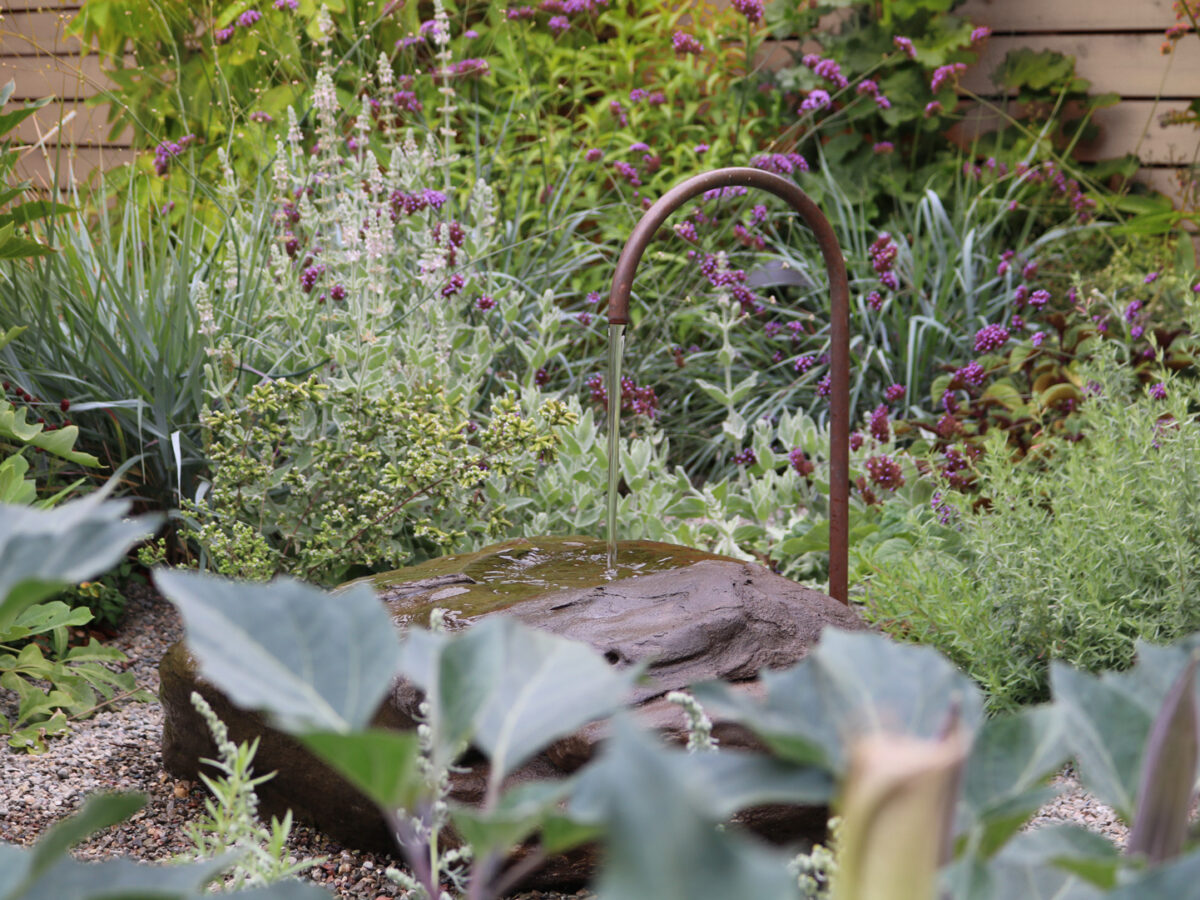
Courtesy of SOFT STUDIO
They wanted to create a basin out of a natural boulder and have a simple curved copper pipe provide the water. To implement their design, then collaborated with stonemason Jee-Shaun Wang (follow @jeeshaun), who carved the basin into the rock by hand. A construction contact formed the curved copper pipe and built the recirculation system for the water. “Almost instantly, it became a magnet for birds and bees,” says Jang and Booth. “It also creates a calming ambient noise that masks sounds like the busy street nearby.”
Read the Current Issue Here!
Get one year of Sunset—and all kinds of bonuses—for just $29.95. Subscribe now!
